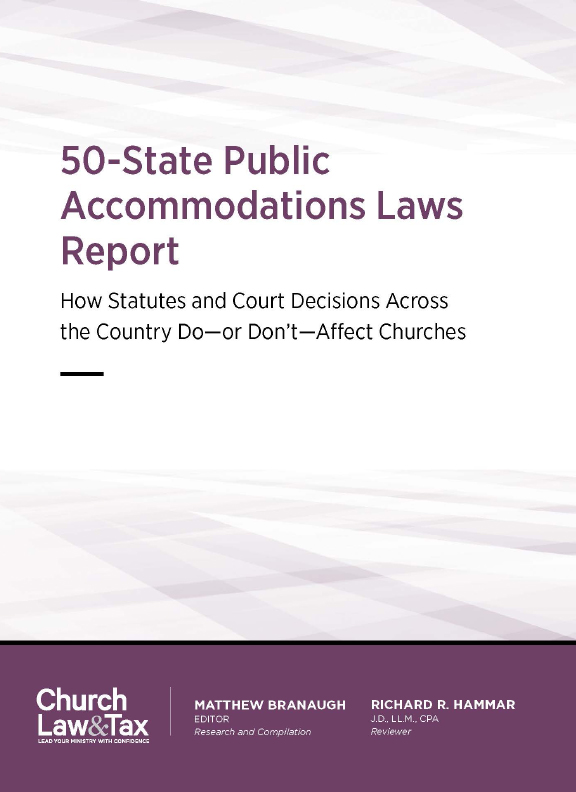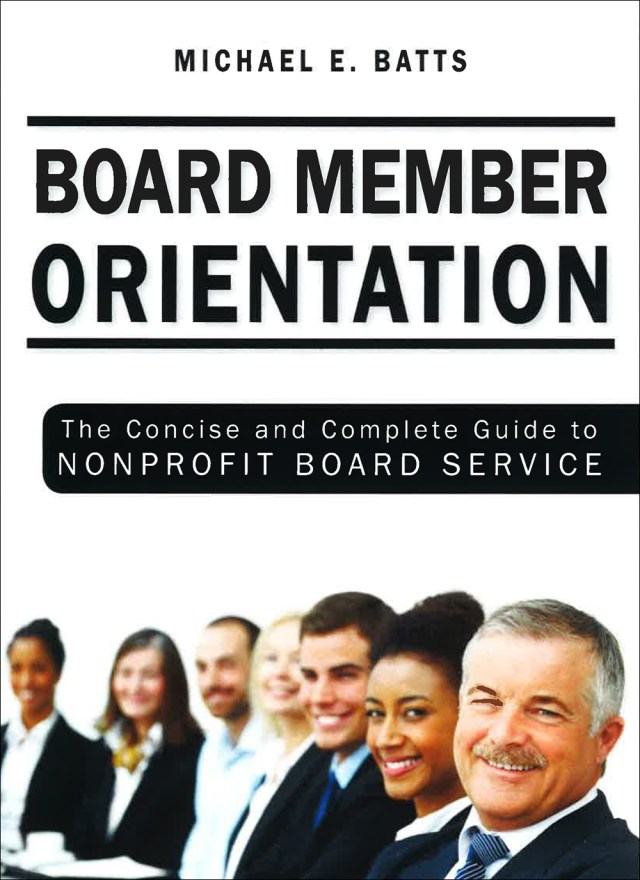No one likes sitting in a meeting any longer than necessary. So here’s the best kept secret for shortening a meeting: bypass debate on non-controversial motions.
Not all motions or topics need to be discussed. Sometimes—more often than you might think—members of a board, committee, or even a larger group are already in agreement. Why waste time with needless debate in that case? Save everyone’s energy, and simply put the matter to a vote.
To be clear, if your rules permit discussion on a motion, the presiding officer or president must allow it. But allowing it and explicitly asking “Is there any discussion?” are two different things.
There are two primary ways to bypass discussion on a motion while still technically “allowing” for it. Key point: both require the presiding officer or president to have a firm handle on the agenda and the topics set to come before the group.
Method 1
Use unanimous consent, also known as general consent. If a presiding officer knows in advance that an agenda item is entirely non-controversial (and some are), she should use unanimous consent to move directly to a vote on that topic.
For example, to take a unanimous consent vote on approving the previous meeting’s minutes, the presiding officer would say, “If there is no objection, the minutes are approved.” The alternative is to ask for a motion, second, and discussion on approving the minutes, and then to say, “All those in favor of approving the minutes say, ‘aye.’ . . . All those opposed say, ‘no.’” Do you see how the unanimous consent method saves time?
Of course, if the presiding officer is mistaken about the consensus, and a member does want to discuss the topic, that member can simply object by saying “I object” during the unanimous consent vote. This forces the presiding officer to ask for discussion and take a vote that seeks a response both from those in favor and those in opposition.
Method 2
Clarify who is in favor and who is opposed. In small groups, this happens by a show of hands. The presiding officer can simply ask, “Who would like to speak in favor of/opposition to this motion?”
When a presiding officer sees that the members who want to discuss are from only one side (pro or con), she should gauge the group’s interest in having a discussion at all. For example, she could say, “I see that the only members lining up for debate are in favor of the motion. Is there anyone who would like to speak in opposition? [Pause] If not, is there any objection to dispensing with discussion and moving directly to a vote?”
Sometimes a group will want to hear from everyone, even if they are all on one side of an issue, but more often than not the members will see the time-saving advantage of moving directly to a vote.
Bottom line: do your members a favor by ascertaining in advance which topics can be put to a vote without discussion. You’ll be surprised how quickly your meetings will move along!





